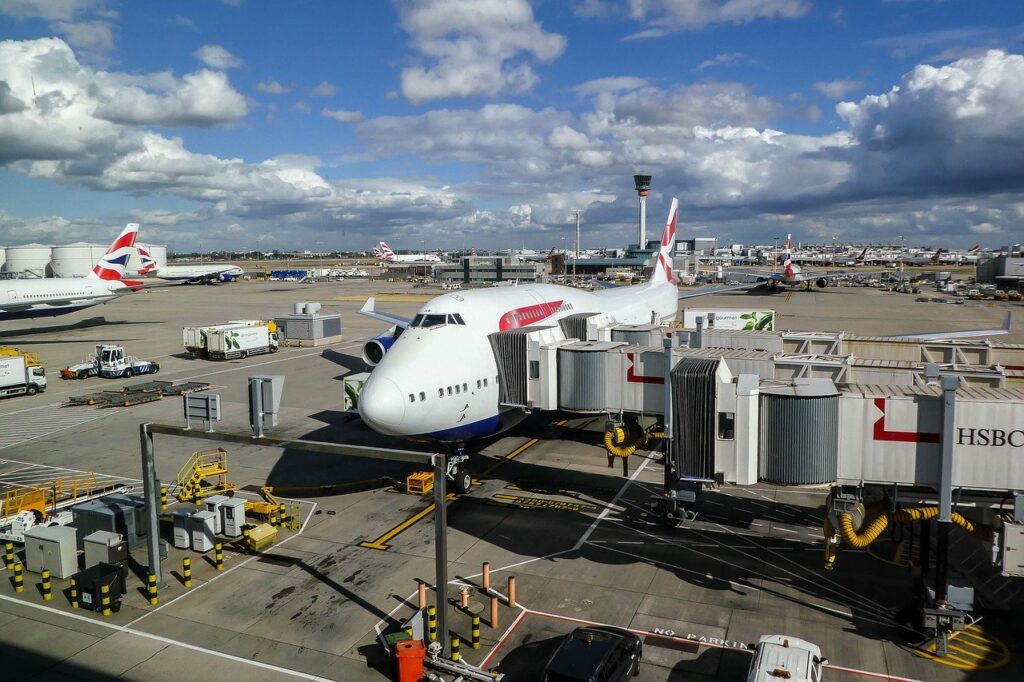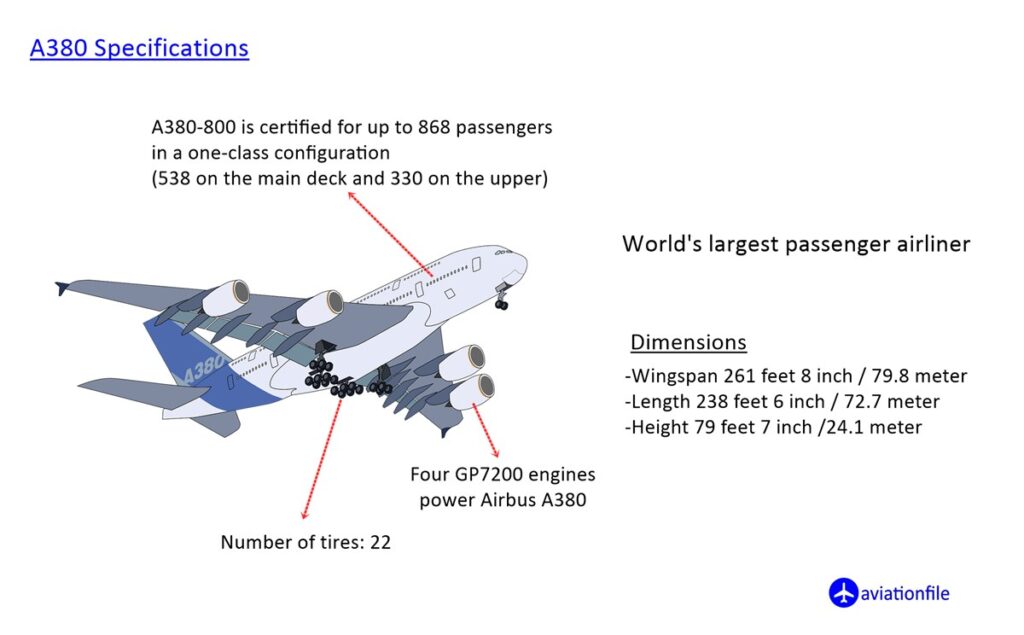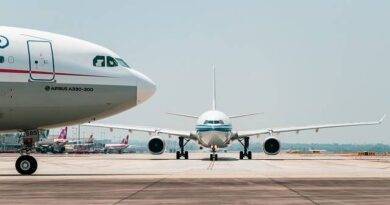Giant Commercial Aircraft in Aviation History: A Definitive Guide
Commercial aviation has witnessed remarkable advancements in aircraft design and engineering over the years. Among the most awe-inspiring achievements are the giant commercial aircraft that have revolutionized air travel. These colossal machines have reshaped the way we fly, enabling long-haul flights, expanding capacity, and connecting the world like never before. In this article, we will delve into the history of these magnificent giants, exploring their features, significance, and impact on aviation. Join us as we embark on a journey through time to discover the greatest giant commercial aircraft ever built.
The Boeing 747 – The Original Jumbo Jet:
The Boeing 747, popularly known as the “Jumbo Jet,” holds a prominent place in aviation history. Introduced in 1969, this double-decker aircraft revolutionized long-haul air travel and set the stage for a new era of mass transportation. With its distinctive hump-like upper deck, the 747 became an icon of the skies. It boasted unparalleled passenger capacity, fuel efficiency, and range, making it the preferred choice for airlines worldwide. References: [1]

The Airbus A380 – Redefining Air Travel:
The Airbus A380, introduced in 2007, took the concept of the Jumbo Jet to new heights. This mammoth of the skies features a double-deck layout spanning the entire length of the aircraft. With seating capacity for over 500 passengers, the A380 offered unparalleled comfort, luxury, and amenities. It also incorporated advanced technology to enhance efficiency and reduce environmental impact. Although production ceased in 2021, the A380’s legacy as a symbol of grandeur and innovation remains intact. References: [2]

The Antonov An-225 Mriya – Unmatched Cargo Capacity:
While passenger aircraft tend to dominate discussions about giant commercial planes, the Antonov An-225 Mriya stands out as a true heavyweight in the cargo world. Developed in the 1980s, this six-engine aircraft holds numerous records for payload and total weight. Its massive cargo hold can accommodate outsized cargo, including satellites, military equipment, and humanitarian aid. The An-225’s unrivaled size and capability have made it a vital asset in global logistics. References: [3]
The Boeing 777X – Pushing Boundaries:
The Boeing 777X, slated for entry into service in the coming years, represents the next generation of giant commercial aircraft. This advanced twin-engine jet incorporates cutting-edge technology, improved fuel efficiency, and an extended wingspan featuring folding wingtips. With a seating capacity of up to 426 passengers, the 777X aims to redefine long-haul travel with enhanced comfort and reduced operating costs. Its innovative features make it a promising addition to the giant aircraft family. References: [4]
Giant commercial aircraft have left an indelible mark on aviation history, transforming the way we travel and connect with the world. From the iconic Boeing 747 to the luxurious Airbus A380, these giants of the sky have captured our imagination and opened up new horizons. As technology continues to evolve, the future holds even more awe-inspiring aircraft like the Boeing 777X. As we look ahead, let us appreciate the giants of the past, present, and those yet to come, shaping the future of commercial aviation.
References:
[1] Boeing – “Boeing 747: The Queen of the Skies”: https://www.boeing.com/history/products/747.page
[2] Airbus – “Airbus A380: The Flagship of the 21st Century”: https://www.airbus.com/aircraft/passenger-aircraft/a380-family.html
[3] Antonov Airlines – “Antonov An-225 Mriya”: https://www.antonov-airlines.com/aircraft/an-225-mriya
[4] Boeing – “Boeing 777X: The World’s Largest and Most Efficient Twin-Engine Jet”: https://www.boeing.com/commercial/777x/


